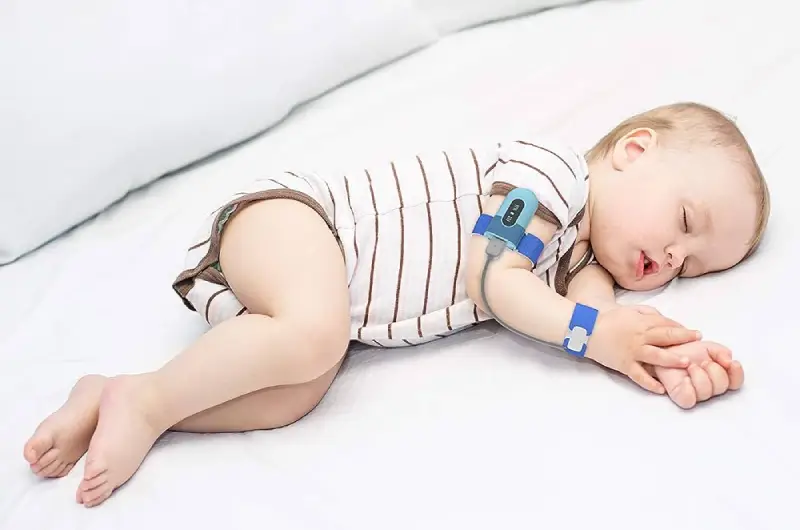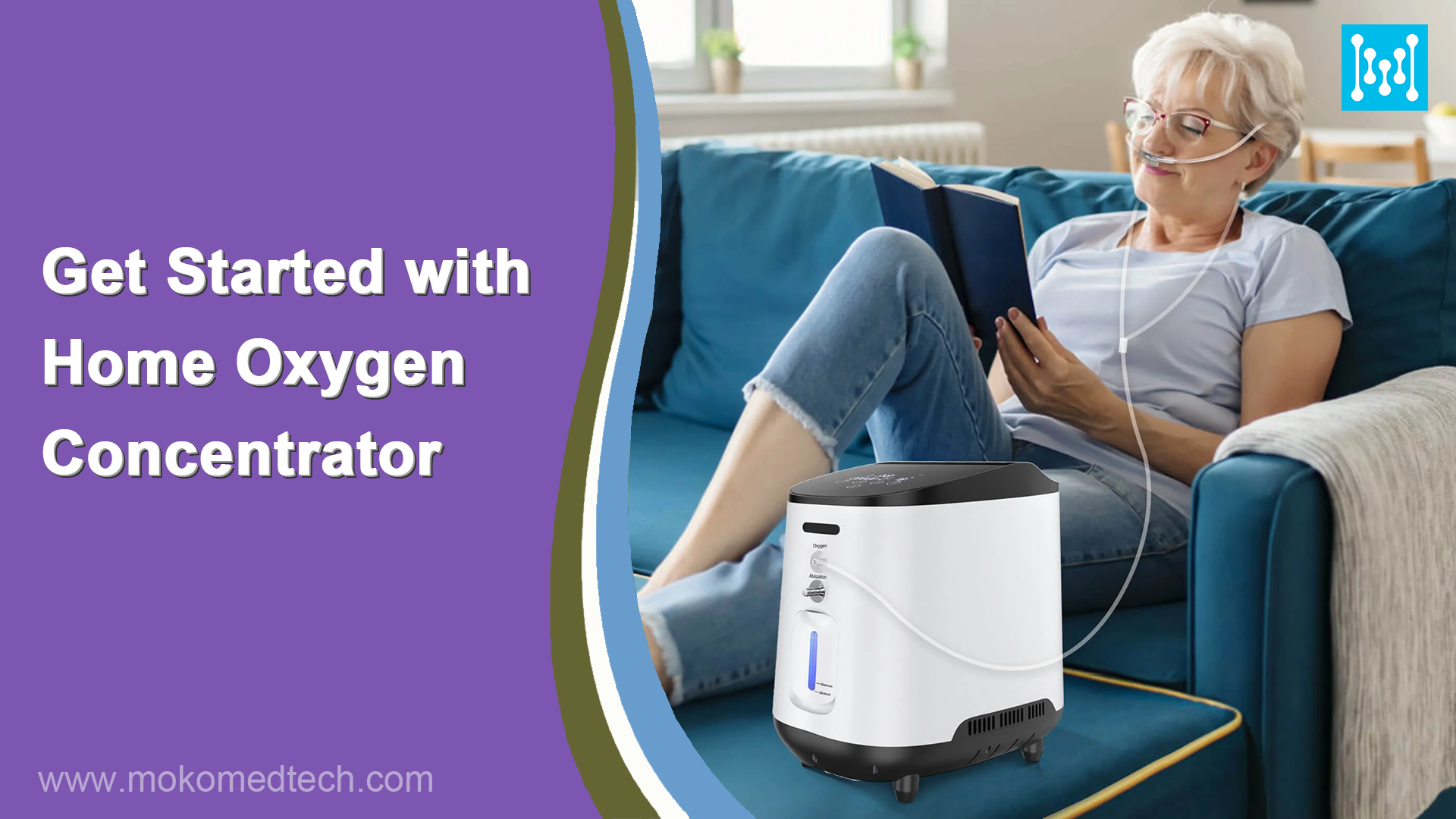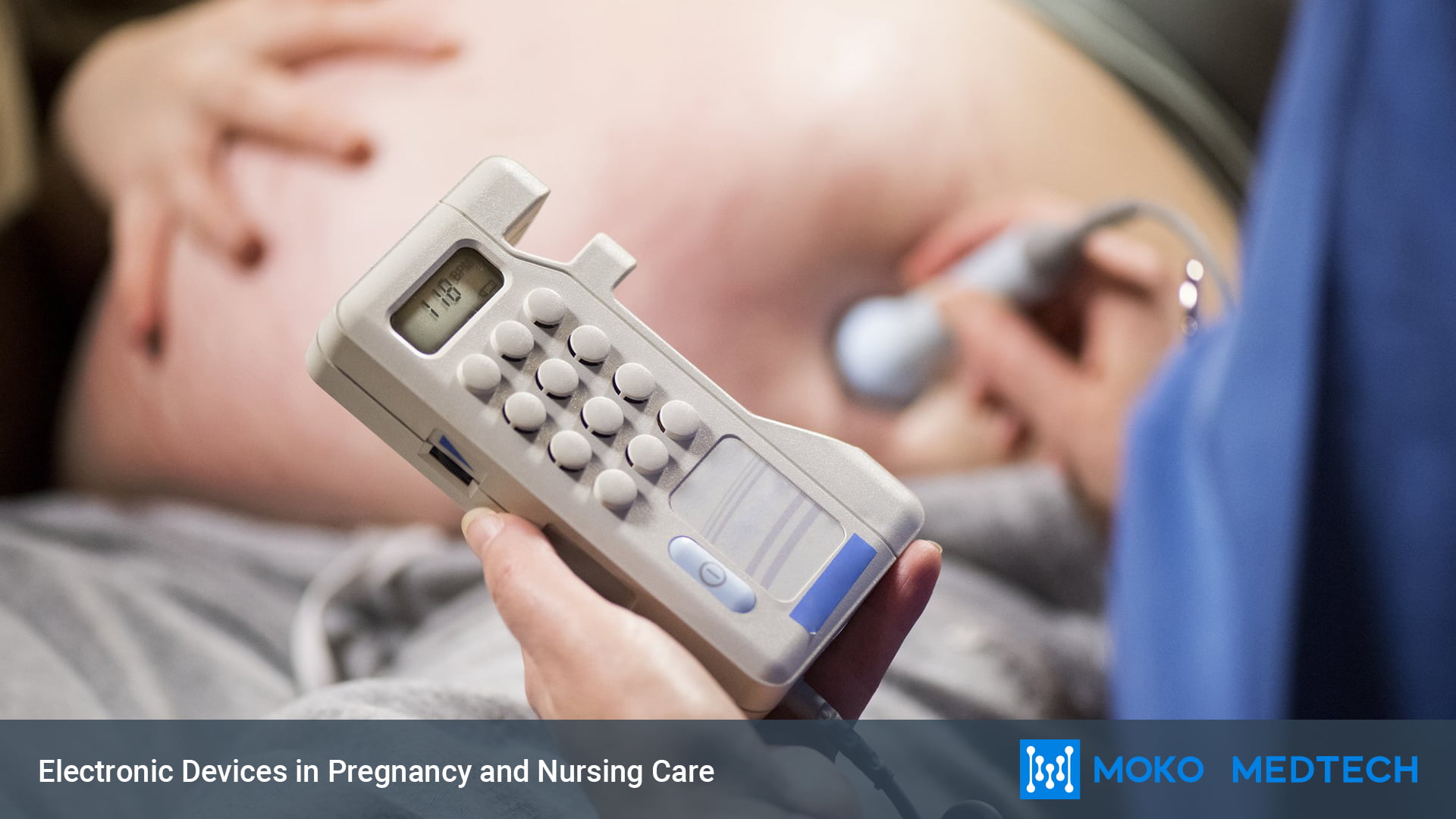Recently, many families started to purchasing home Pulse oximeter on baby in order to monitor blood oxygen saturation at any time. Many online shops are out of stock of oximeters and oxygen generators. Thus, in post-Covid era. Is it necessary to have a blood oxygen meter at home? How to use blood oxygen meter? Is it proper for adults and children to use the same type of pulse oximeter?
Know About Pulse Oximeter
An oximeter is a medical device, which are used to measure the concentration of oxygen in a person’s blood. This instrument is not only used to monitor the function of the patient’s respiratory system, but can also be used to monitor the function of the heart.
Blood oxygen saturation is an indicator of oxygen concentration in the blood, indicating the amount of oxygen in the blood as a percentage of all soluble oxygen. Normally, oxygen saturation ranges from 94 percent to 100 percent. If saturation is below 90 percent, it is considered as a sign of hypoxemia. Furthermore, hypoxemia can be caused by airway obstruction, lung infection, heart disease, or other causes.
Can You Use A Pulse Oximeter on Baby?
You may be concerned when considering testing on infants. Don’ worry. It is safe to use oximeters on infants, since oximeter is a non-invasive and painless (needle-free) method with no radiation involved.
Oximeters are a key tool for determining the oxygen needs of newborns, especially those with conditions such as congenital heart disease and respiratory abnormalities. However, the size of adult oximeter may not be suitable for infants.
Pediatric pulse oximeters are generally used in children. They work in the same way as adult oximeters, but pediatric devices are designed to fit smaller fingers. For infants and young children, we highly recommend handheld pediatric oximeter whose probe is placed on the palm or foot of the child. If oximeter shows a reading between 95-100%, the oxygen content of your child are within the normal range.
How to Use Pulse Oximeter on Baby?

Finger Approach
The finger method is the most common way to get your baby’s pulse oxygen saturation. When using this technique, the probe should be placed in the correct position on the finger. If the device is clamped too tightly, blood circulation to the finger will be restricted. Or, if the device is too loose on the fingers, it has the potential to fall off or allow other light to enter.
During the test, your baby may feel slight pressure, but no pain. First, we keep the pulse oximeter on until both pulse and oxygen saturation are displayed simultaneously. Then, we read the data and remove the device from the finger.
Ear Approach
Pulse oximetry can be obtained by approaching the ear. In principle, a translucent probe, which clips onto the baby’s earlobe, connects to a monitoring device. Then you can read the oxygen saturation levels on displays.
Sole or Palm Approach
If your child is a newborn, we recommend attaching a pulse oximeter to the baby’s palm or foot. After all, The baby’s fingers or ears may still be too small to place the clip.
Forehead Approach
In rare cases where fingers and ears are not accessible, the pulse oximetry reflex probe can be placed lower on the forehead. Pay attention keep it above the eyebrow and ensure it is away from major blood vessels.
When using this method, baby should be tilted. And than the headband should be attached to the probe for fixture.
How to Put Pulse Oximeter on Baby’s Foot?
The pediatric fingertip pulse oximeter is a rapid and non-invasive method for measuring blood oxygen saturation for infants. Here are the steps to follow:
- l Choose a Proper pulse oximeter: A finger pulse oximeter for children is a good choice. It is usually smaller in size with the probe which fits the baby’s smaller fingers or toes.
- l Choose a comfortable position: Make sure your baby is comfortable and relaxed. You can place him on your lap or on a soft surface, such as a changing table or bed.
- l Choose the right finger or toe: The pulse oximeter probe needs to be attached to a finger or toe with good blood flow. In general, the big toe or index finger is a good choice. Be sure to clean the area with alcohol before connecting the probe.
- l Attach probe: After selecting a finger or toe, attach the probe to it. Gently slide the probe over your finger or toe and keep it in place.
- l Wait for reading: After connecting the probe, wait a few seconds for the pulse oximeter and record the reading. The readings will show oxygen saturation and heart rate at the same time.
- l Interpreting the reading: A baby’s normal oxygen saturation is between 95 and 100 percent. If the reading is below 95%, please consult a healthcare professional immediately.
- l Remove probe: After getting a reading, remove the probe and clean the area with alcohol.
Standard Pulse Value of Children’s oximeter
Children’s oximeter is one of the most important medical instruments to detect children’s blood oxygen saturation. It helps parents to more accurately understand children’s blood oxygen status and make precaution measures to relative diseases.
A pediatric oximeter is a pulse probe used in pediatric cases. This device can accurately determines the wearer’s blood oxygen saturation (Sp02). Moreover, the instrument only needs to be placed on the wearer’s hand or toe for a short period of time to obtain accurate results, without any large equipment room or rough inspection procedures.
The measure is based on a child’s basal pulse, which can be roughly divided into four categories: severely hypoxic (88-90%), moderately hypoxic (91-93%), normal (94-98%), and excellent (over 99%).
The most important standard for the blood oxygen status of children and infants is excellent blood oxygen status. If the pulse is below 88% or above 99%, it does not meet the normal range of blood oxygen status of children and infants. It may cause respiratory diseases or cardiovascular problems.
Moreover, with the development of the traditional health examination procedure, standard of blood oxygen for kids have varied by age. The standard for newborn baby is 95%~97%, while 97%~99% for kids is regarded as normal status.
In addition, if the reading is under normal circumstances, the baby may be accompanied by respiratory failure or other lesions. In this case, it is important to carry out a more accurate diagnosis through blood tests, electrocardiograms and other ways, so as to obtain effective treatment in time.
Conclusion
In summary, children’s oximeter is a safe and reliable medical instrument. It can not only accurately detect children’s blood oxygen status, but also provide a strong datavbasis for timely monitoring and early treatment of children’s health. However, the report of professional blood tests should not be ignored.












